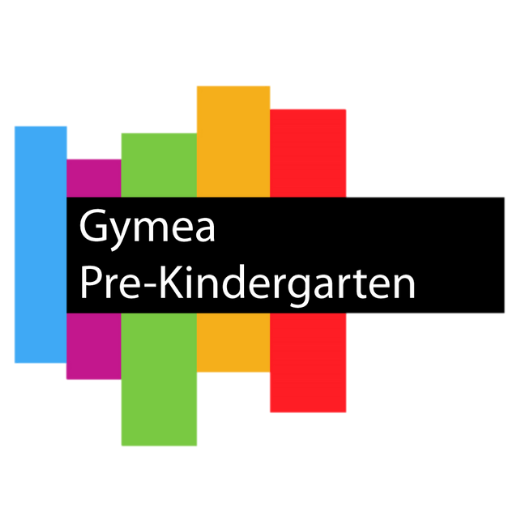Child Care Subsidy
What is the Child Care Subsidy?
The Australian Government is committed to ensuring that Australian families are able to access affordable, flexible and high-quality child care. The Government provides a number of subsidies and programs to help with the cost of child care, with the Child Care Subsidy being the main type of assistance that most families will use.
What are the eligibility requirements?
Families must meet eligibility criteria to get CCS.
Parents must:
- Care for their child at least 2 nights per fortnight or have 14% share of care
- Be liable for child care fees at an approved child care service
- Meet residency requirements
The child must:
- Meet immunisation requirements
- Not be attending secondary school (unless an exemption applies)
- Be 13 or under (except in certain circumstances)
If a child doesn’t attend a session o care at least once in 26 consecutive weeks, they will stop being eligible for CCS. If a child starts to attend care again, a family can make a new claim for CCS.
Families can learn more about eligibility for CCS on the Services Australia website.
There are exemptions for individuals who genuinely cannot meet some eligibility requirements.
How much can a family receive?
Website remains same.
Combined Family income
Services Australia works out a family’s CCS percentage based on their family income estimate.
A family’s CCS percentage is the amount the government will subsidise. It will apply to the hourly fee or the relevant hourly rate cap, whichever is lower.
Family income | Subsidy rate |
Up to $85,279 | 90% |
More than $85,279 to below $535,279 | Decreasing from 90% The percentage decreases by 1% for every $5,000 of income a family earns |
$535,279 or more | 0% |
Families can learn more about how their income affects CCS on the Services Australia website.
Activity Test
The hours of subsidised care a family can get each fortnight depends on their activity level. The higher the level of activity, the more hours of subsidised care families can get.
Services Australia looks at both parents’ activity level. They use the parent with the lower activity level to determine a family’s hours of subsidised care.
Families need to do a recognised activity to get CCS. Exemptions apply for parents who cannot meet activity test requirements.
Hours of activity each fortnight | Hours of subsidised care, per child, each fortnight |
Less than 8 hours | 0 hours if you earn above $85,279 (2025-26) 36 hours – Aboriginal and/or Torres Strait Islander child, regardless of family activity |
8 hours to 16 hours | 36 hours |
More than 16 hours to 48 hours | 72 hours |
More than 48 hours | 100 hours |
Families can learn more about how their activity level affects CCS on the Services Australia website.
Service Type
Website remains same.
Table: Hourly rate caps by care type
Care type Hourly cap rate for children below school age Hourly cap rate for school-age
children
Centre Based Day Care $14.63 $12.81
Outside School Hours Care $14.63 $12.81
Families can learn more about how the type of care they use affects CCS on the Services Australia website.
Is there an Annual Cap?
Remove all of this.
How will the Child Care Subsidy be paid?
Child Care Subsidy will be paid directly to child care providers to pass on to families as a fee reduction so that their fees are reduced at the time they use child care. Families will pay their provider the difference between their subsidy and the fees charged. Families will not be able to elect to receive their subsidy as a lump sum at the end of the financial year. Families will need to make a claim for Child Care Subsidy when (or before) each child starts attending care.
Any Child Care Subsidy owed to families following the end of year reconciliation process will be paid directly to families as a lump sum. If a family has been overpaid Child Care Subsidy during the year the family may have to repay some Child Care Subsidy (a debt).
What is the Child Care Subsidy withholding?
Child Care Subsidy withholding is designed to help families avoid or minimise debts at reconciliation, which could occur due to changes in circumstances throughout the year (for example, changes to family incomes or activities).
Parents can request their percentage of withholding be adjusted up or down through Centrelink. However, withholding is important as it helps protect families from possible debts. After reconciliation any outstanding subsidy is returned to the family.
Five per cent of all families’ Child Care Subsidy will be withheld by the Government, however, withholding will not apply to Additional Child Care Subsidy payments.
What is the Additional Child Care Subsidy?
The Additional Child Care Subsidy is a top up payment in addition to the Child Care Subsidy which will provide targeted additional fee assistance to families and children who need extra support.
The Additional Child Care Subsidy has four elements:
- child wellbeing
- grandparents
- temporary financial hardship
- transition to work
Families can learn more about the Additional Child Care Subsidy on the Services Australia website
Where can I get further information on the child care package?
- Visit Services Australia Child Care Subsidy – Services Australia
Visit the Department of Education website Child Care Subsidy – Department of Education, Australian Government
